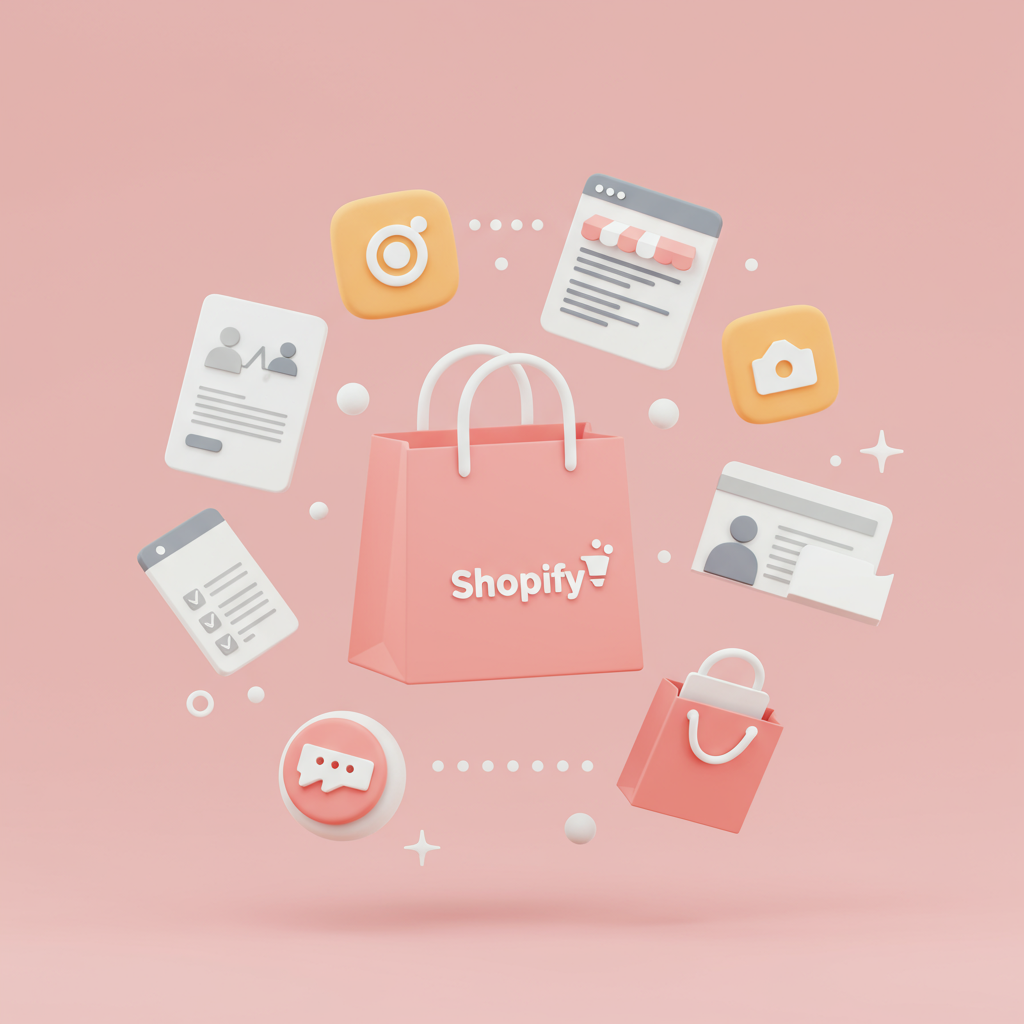My Comprehensive Guide to Choosing the Best Automation Tools for Your E-commerce Success
As an experienced e-commerce entrepreneur, I’ve seen firsthand how crucial the right tools are for success, especially in the dynamic world of dropshipping. If you’re running a Shopify store or planning to, you know the drill: finding products, managing inventory, fulfilling orders – it can be a lot.
That’s why, as we look towards 2025, leveraging specialized dropshipping software isn’t just a luxury; it’s a necessity. These platforms automate tedious tasks, streamline operations, and ultimately free up your time to focus on marketing and growth.
In this comprehensive guide, I’m going to walk you through the top Shopify dropshipping software options available, sharing my insights and helping you make an informed decision for your business. My goal is to equip you with the knowledge to choose the perfect partner for your dropshipping journey.
Before we dive into specific tools, let’s quickly reiterate why investing in good dropshipping software is non-negotiable. Firstly, it’s about efficiency. Manual product sourcing and order processing are incredibly time-consuming and prone to errors.
Secondly, it’s about scalability. As your business grows, you simply cannot handle hundreds or thousands of orders manually. Software provides the infrastructure to scale without a proportional increase in your workload.
Thirdly, it offers access to a wider range of products and suppliers. Many platforms have vast marketplaces, connecting you with suppliers globally, which can give you a significant competitive edge.
Finally, it helps with inventory management. Real-time stock updates from suppliers prevent you from selling out-of-stock items, saving you from customer complaints and refunds.
When evaluating any dropshipping software, I always recommend looking for a few core features. Product sourcing is paramount – how easy is it to find winning products and import them to your store?
Automated order fulfillment is another critical feature. Does the software automatically send orders to your suppliers once a customer purchases from your store? This is a huge time-saver.
Inventory synchronization is vital. Can the software automatically update product stock levels and pricing from your supplier to your Shopify store? This prevents overselling and ensures accurate pricing.
Supplier communication and management tools are also important. Does the platform offer easy ways to communicate with suppliers or manage multiple suppliers effectively?
Pricing and subscription models vary widely. Consider your budget and the value offered by different tiers. Look for transparent pricing without hidden fees.
Customer support is often overlooked until you need it. Check their support channels, response times, and overall reputation for helpfulness.
Let’s kick off our comparison with DSers, the official AliExpress dropshipping solution for Shopify. I’ve found DSers to be incredibly user-friendly, especially for beginners, and it integrates seamlessly with AliExpress.
Its key strengths lie in its ability to manage multiple AliExpress orders simultaneously, find cheaper suppliers for the same product, and offer advanced mapping features for product variations. It’s a solid choice if AliExpress is your primary source.
Next up is Zendrop, a platform that positions itself as an all-in-one solution with faster shipping times and US-based suppliers. My experience with Zendrop has been positive, particularly for those looking to move beyond AliExpress’s typical shipping delays.
Zendrop offers custom branding options, private labeling, and even product sourcing requests, which can be a game-changer for building a unique brand. Their fulfillment process is generally very efficient.
Spocket focuses on connecting you with suppliers primarily from the US and Europe, which means faster shipping and higher quality products, albeit often at a slightly higher price point. I’ve used Spocket for niche stores where product quality was paramount.
Their platform is intuitive, and they offer branded invoicing, which adds a professional touch. If your target audience values quick delivery and premium products, Spocket is definitely worth considering.
SaleHoo is more of a directory and research tool than a direct fulfillment platform, but it’s incredibly valuable for finding reliable dropshipping suppliers and wholesale distributors. I’ve used SaleHoo extensively for product research and supplier vetting.
It provides access to a massive database of verified suppliers, market research labs to identify trending products, and a supportive community forum. While it doesn’t automate fulfillment, it’s an excellent resource for finding your product niche and trusted partners.
AutoDS is another comprehensive automation tool that supports multiple suppliers, including AliExpress, Amazon, eBay, and even local suppliers. I’ve found AutoDS to be robust, offering features like automated order fulfillment, price/stock monitoring, and even product research.
Its strength lies in its versatility and ability to manage a large number of products and orders across various platforms. It’s a powerful tool for experienced dropshippers looking for extensive automation.
Finally, CJ Dropshipping is a strong contender, often seen as an alternative to AliExpress with its own warehousing and fulfillment services. I’ve used CJ for products requiring custom sourcing or faster shipping from their global warehouses.
They offer product sourcing, warehousing, quality inspection, and even print-on-demand services. Their integrated approach can simplify the supply chain significantly, especially for businesses scaling up.
Choosing the right dropshipping software for your Shopify store in 2025 boils down to your specific needs, budget, and target market. Are you prioritizing low cost and vast product selection (DSers, AutoDS, CJ Dropshipping)?
Or are you looking for faster shipping and higher quality products (Zendrop, Spocket)? Perhaps you need a research powerhouse (SaleHoo)?
My advice is to start with a clear understanding of your business goals. Most of these platforms offer free trials or freemium plans, so take advantage of them to test the waters before committing.
Remember, the right software isn’t just a tool; it’s a strategic partner that can significantly impact your efficiency, profitability, and overall success in the competitive dropshipping landscape.
I’ve shared my insights and experiences, but I’m always curious to hear from fellow entrepreneurs. What are your thoughts on this comparison, and what software have you found most effective for your Shopify dropshipping business?






